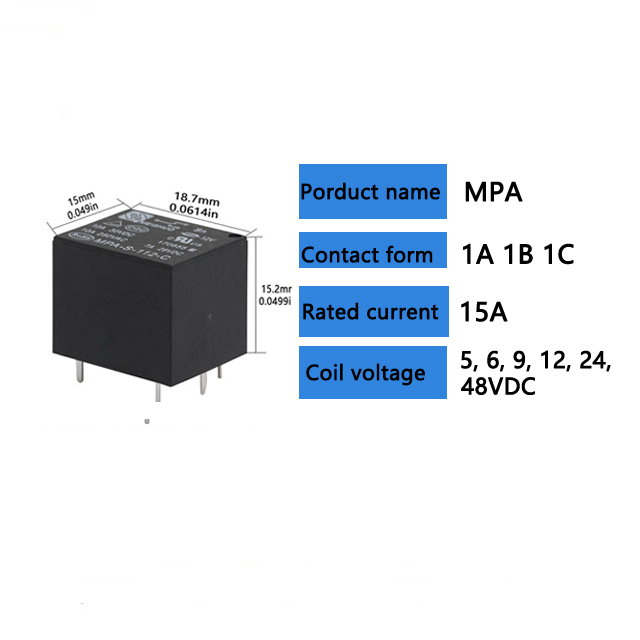Relay selection plays a pivotal role in modern wireless communication systems, especially in scenarios where the communication range or network coverage needs to be extended. As wireless communication networks continue to evolve, especially with the advent of advanced systems like LTE and 5G, the need for efficient relay mechanisms has grown exponentially. This article explores the concept of relay selection, its mechanisms, benefits, and its critical role in enhancing the performance of communication networks.

What is Relay Selection? Relay selection is a technique used in wireless communication systems where an intermediary node (or relay) is employed to forward the signal from the source to the destination. This relay can help extend the network coverage, improve signal strength, reduce interference, and enhance the overall performance of the network. In traditional communication systems, the direct communication path between the sender and the receiver is often limited by range, obstacles, or signal degradation. Relay selection provides a way to address these limitations by introducing intermediate nodes that can strengthen and relay the signal to its intended destination.